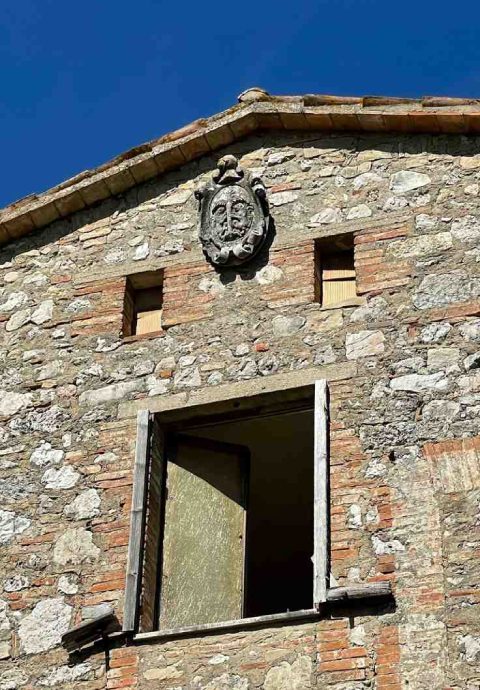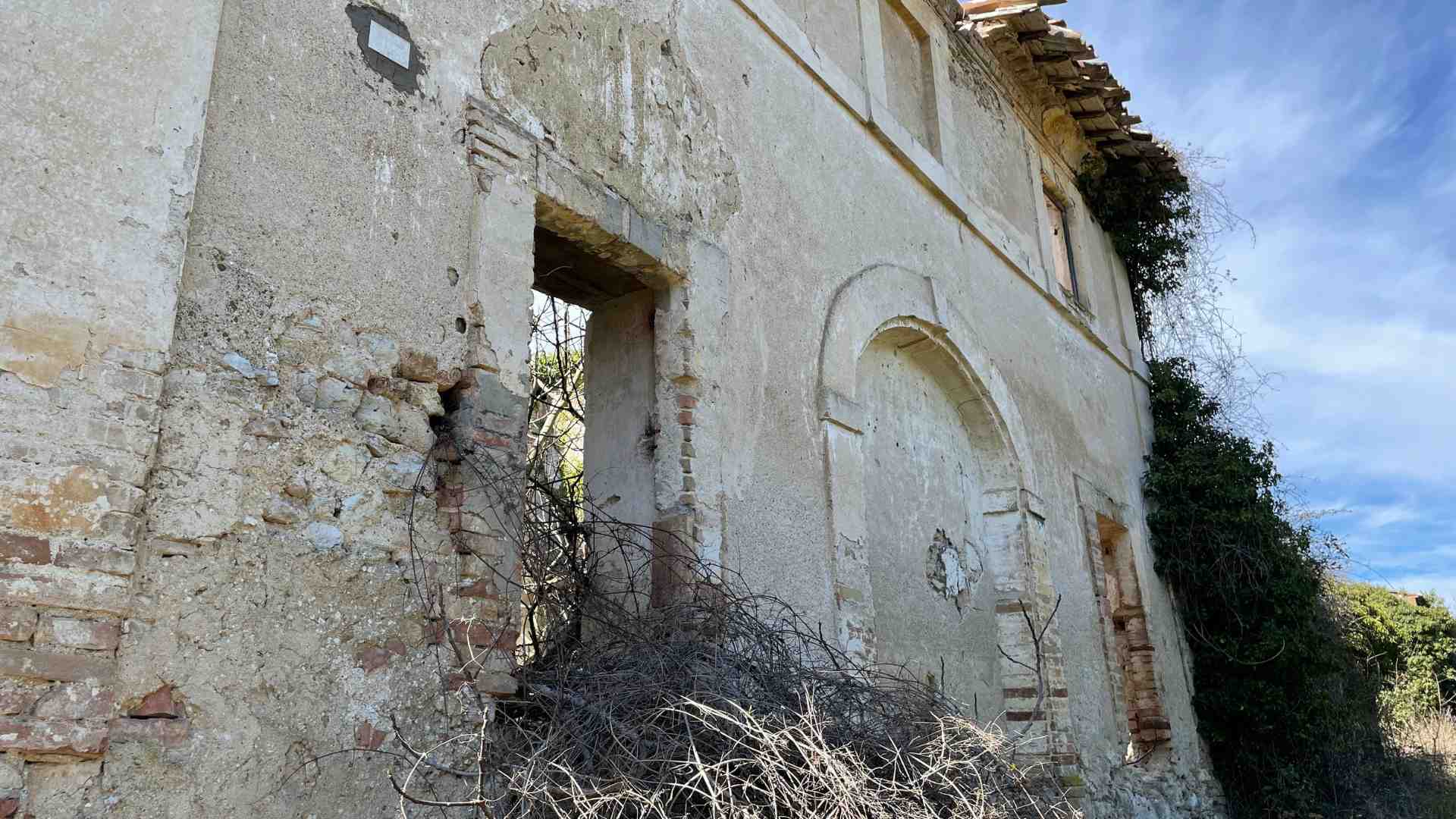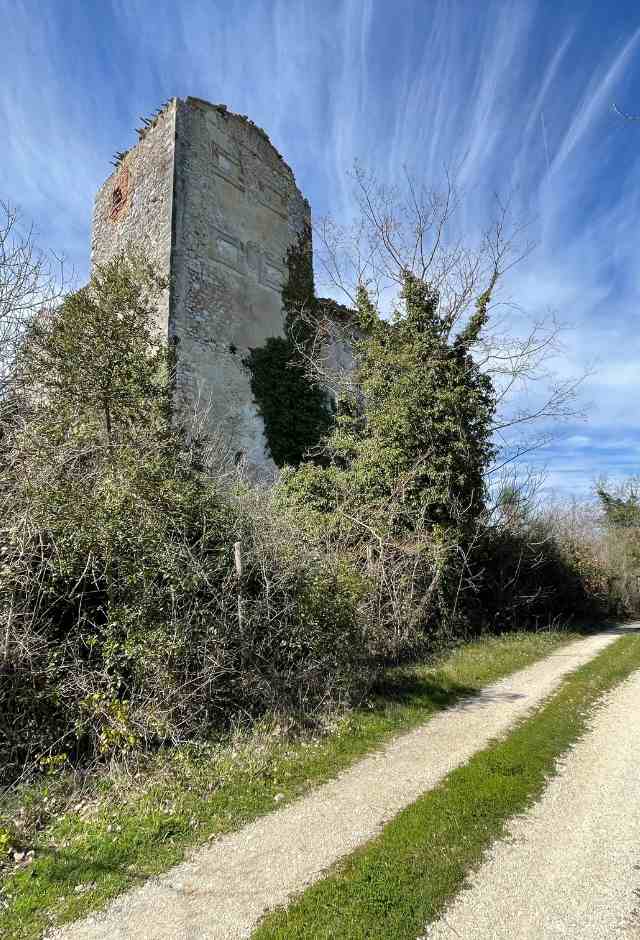
punto di interesse
point of interest


Fort Caesar is now a private complex in need of renovation, and the mighty bulk of the medieval tower stands as a silent guard of what was Via Amerina and the Bizzantino Corridor.
Although today’s architecture reveals the eighteenth-century mold desired by the Atti family in the transition from military structure to villa, the oldest part of Fort Caesar dates back to the sixth-seventh century although it cannot be ruled out that a watchtower from Roman times already existed on the site.

Fort Caesar is now a private complex in need of renovation, and the mighty bulk of the medieval tower stands as a silent guard of what was Via Amerina and the Bizzantino Corridor.
Although today’s architecture reveals the eighteenth-century mold desired by the Atti family in the transition from military structure to villa, the oldest part of Fort Caesar dates back to the sixth-seventh century although it cannot be ruled out that a watchtower from Roman times already existed on the site.

In the beginning th Fort performed the function of defense and sighting on the territory of Via Amerina that crossed the Terre Arnolfe. At the beginning of the 16th century the complex was “the jurisdiction of the house Stefanucci, from whom Monsignor degli Atti of Viterbo, a native of the Atti of Todi, made its purchase.”
The Atti family appears from the inscription on the lintel of one room: “DE APTIS MDC.” It was at that time that the complex became a palace. It was in 1730 that a Church of the Most Holy Crucifix was erected by Count Felice degli Atti.
Through a series of changes of ownership, Fort Caesar became an agricultural center of reference for nearby villages and then was gradually abandoned.
Now privately owned, it is in a severe state of disrepair.

In the beginning th Fort performed the function of defense and sighting on the territory of Via Amerina that crossed the Terre Arnolfe. At the beginning of the 16th century the complex was “the jurisdiction of the house Stefanucci, from whom Monsignor degli Atti of Viterbo, a native of the Atti of Todi, made its purchase.”
The Atti family appears from the inscription on the lintel of one room: “DE APTIS MDC.” It was at that time that the complex became a palace. It was in 1730 that a Church of the Most Holy Crucifix was erected by Count Felice degli Atti.
Through a series of changes of ownership, Fort Caesar became an agricultural center of reference for nearby villages and then was gradually abandoned.
Now privately owned, it is in a severe state of disrepair.

Get to the most interesting places nearby:
Take a tour of Castel dell’Aquila
Discover Paragnano
Reach Four Chapels Market Hospital
Get to Montecastrilli
A walk through downtown Montecastrilli
The territory of Montecastrilli
discover all the points of interest of the village
Information, appointments and travel proposals on:
The Progressive Web App is part of the project “Le Terre dei Borghi Verdi”, realized in collaboration and with the contribution of Regione Umbria – Assessorato al Turismo
©2021 Le Terre dei Borghi Verdi
Le Terre dei Borghi Verdi
Welcome in Southern Umbria,
where the slowness becomes value
Information, appointments and travel proposals on:
The Progressive Web App is part of the project “Le Terre dei Borghi Verdi”, realized in collaboration and with the contribution of Regione Umbria – Assessorato al Turismo
©2021 Le Terre dei Borghi Verdi